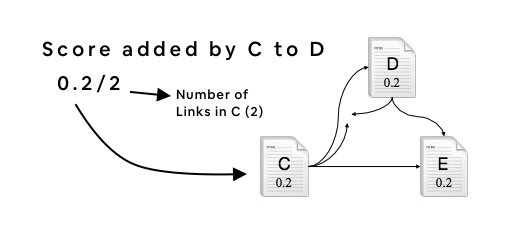Want to be a better thinker?
"Thinking in Systems" by Donella Meadows is the top book on Amazon for System Theory with 1,000+ ratings.
Here are some highlights (thread ↓)

— Donella Meadows
— Diana Wright
— Donella Meadows
— Donella Meadows
— Donella Meadows
"Everything we think we know about the world is a model."
"Our models usually have a strong congruence with the world."
"However, and conversely, our models fall far short of representing the world fully."
"These are the take-home lessons, the concepts and practices that penetrate the discipline of systems so deeply that one begins, however imperfectly, to practice them not just in one’s profession, but in all of life."
— Donella Meadows
"Mental flexibility—the willingness to redraw boundaries, to notice that a system has shifted into a new mode, to see how to redesign structure—is a necessity when you live in a world of flexible systems."
"If I could, I would add an eleventh commandment to the first ten: Thou shalt not distort, delay, or withhold information."
"Honoring information means above all avoiding language pollution—making the cleanest possible use we can of language. Second, it means expanding our language so we can talk about complexity."
"Pretending that something doesn’t exist if it’s hard to quantify leads to faulty models."
"Especially where there are great uncertainties, the best policies not only contain feedback loops, but meta-feedback loops—loops that alter, correct, and expand loops."
"Aim to enhance total systems properties, such as growth, stability, diversity, resilience, and sustainability—whether they are easily measured or not."
"Aid and encourage the forces and structures that help the system run itself ... Before you charge in to make things better, pay attention to the value of what’s already there."
"'Intrinsic responsibility' means that the system is designed to send feedback about the consequences of decision making directly and quickly and compellingly to the decision makers."
"Systems thinking has taught me to trust my intuition more and my figuring-out rationality less, to lean on both as much as I can, but still to be prepared for surprises."
"Let’s face it, the universe is messy. It is nonlinear, turbulent, and dynamic ... That’s what makes the world interesting, that’s what makes it beautiful, and that’s what makes it work."
"In a strict systems sense, there is no long-term, short-term distinction. Phenomena at different time-scales are nested within each other."
"In spite of what you majored in, or what the textbooks say, or what you think you’re an expert at, follow a system wherever it leads. It will be sure to lead across traditional disciplinary lines."
"Living successfully in a world of complex systems means expanding not only time horizons and thought horizons; above all, it means expanding the horizons of caring."
"Systems thinking can only tell us to do that. It can’t do it ... but it can lead us to the edge of what analysis can do and then point beyond—to what can and must be done by the human spirit."
System Structure & Behavior
Why Systems Work So Well
Why Systems Surprise Us
8 System Traps & Opportunities
12 Leverage Points
15 General Systems Wisdoms
& More
https://t.co/0zK4KaaY11





































